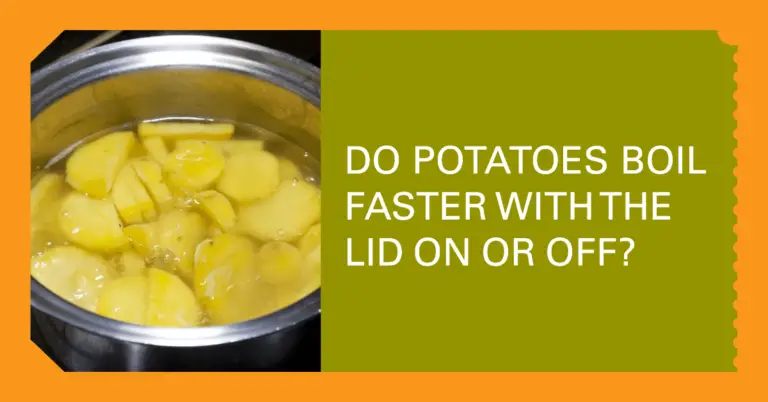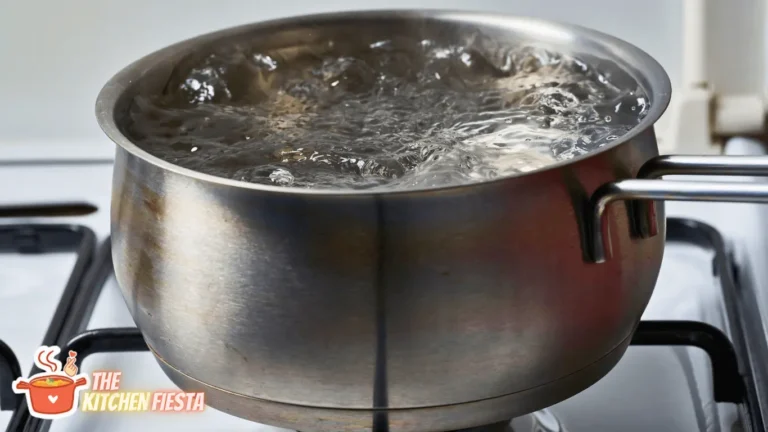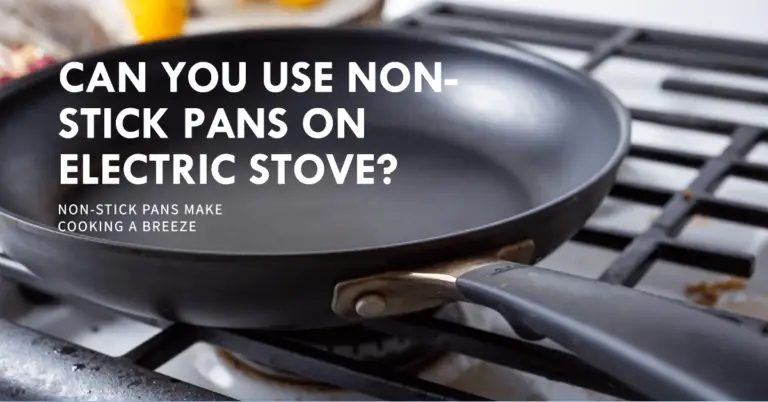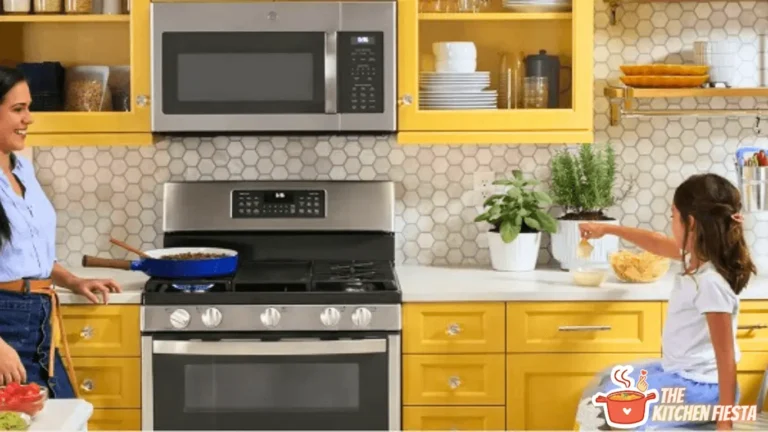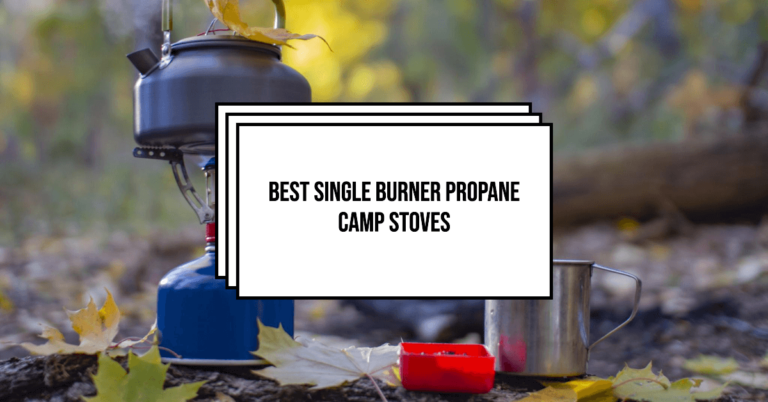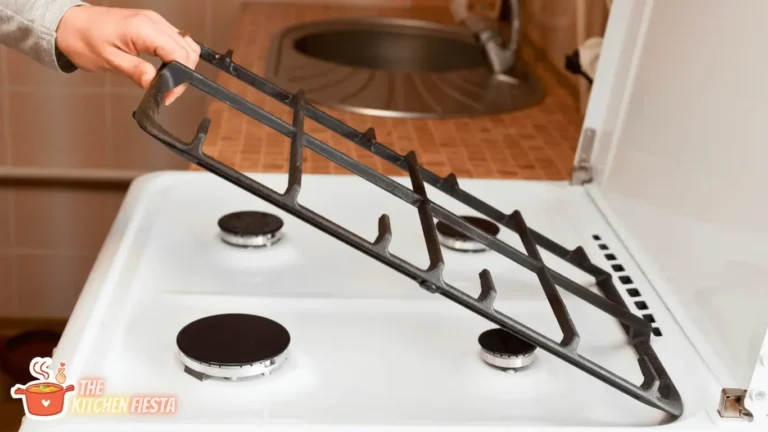Do Gas Stoves Need To Be Vented?
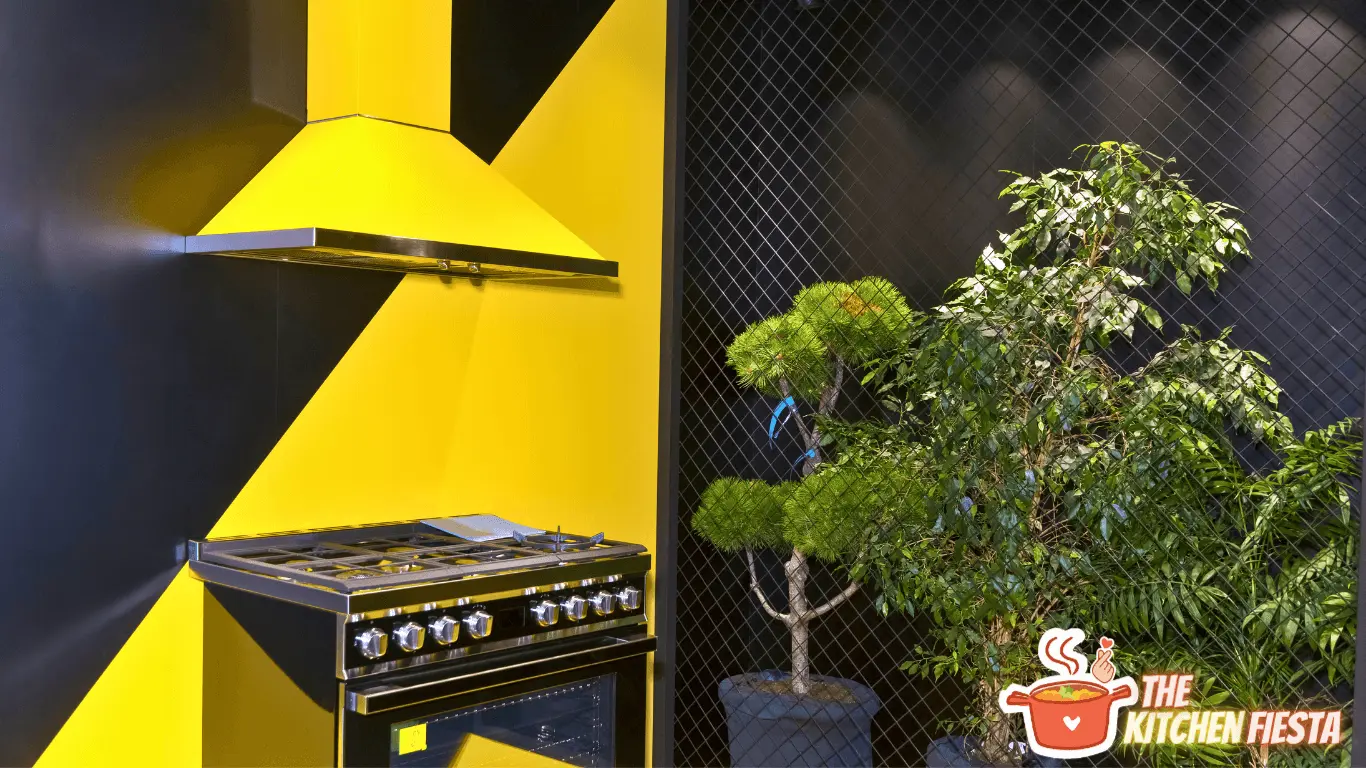
Cooking with gas ranges is very common in many homes. The quick heating and responsive control of gas burners makes cooking easy. However, gas ranges come with some risks that electric stoves do not have. Burning natural gas or propane produces various gases that can pollute indoor air. This leads to an important question for any gas range owner: Do gas stoves need to be vented?
The short answer is yes – gas stoves require proper ventilation to remove dangerous gases and odors. Installing and using the right venting system with your gas range is critical for health and safety. Keep reading this guide to learn everything you need to know about gas stove ventilation, from code requirements and range hood types to proper installation and safety tips.
Overview of Gas Stove Ventilation Needs
When natural gas or propane burns in a residential gas range, the chemical reaction with oxygen produces some byproducts other than just heat and light. These include harmful gases like carbon monoxide, nitrogen dioxide, and other potential air pollutants. Gas stoves also release cooking fumes, grease, moisture, and unpleasant odors.
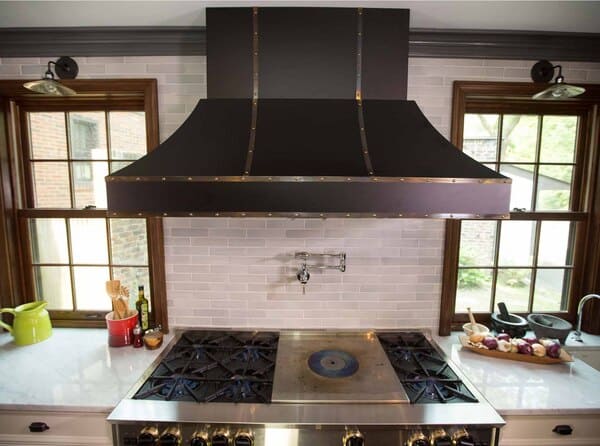
Without proper ventilation, these fumes released from a gas range will build up and circulate through your home’s air. This degrades indoor air quality and can even reach dangerous levels over time. Proper ventilation serves to:
- Remove carbon monoxide and other hazardous gases
- Eliminate odors from gas combustion and cooking
- Protect indoor air quality and prevent moisture buildup
- Exhaust grease and other cooking residues
Building codes in the United States and Canada explicitly require venting gas stoves to the outdoors. But even if it’s not mandated in your area, venting a gas appliance is absolutely vital for health and safety. Keep reading to learn all about the ventilation system requirements for gas ranges.
The Dangers of Using an Unvented Gas Stove
Gas ranges produce a number of problematic pollutants that require being vented outside. Breathing elevated levels of these gases over time poses serious health risks:
Carbon Monoxide Poisoning
The most immediately dangerous gas released when burning natural gas or propane is carbon monoxide (CO). This odorless, colorless gas binds to hemoglobin in the blood better than oxygen. That prevents proper oxygen absorption, slowly leading to carbon monoxide poisoning.
Symptoms of carbon monoxide poisoning include dizziness, fatigue, headache, nausea, and confusion. In high concentrations, it can be fatal within minutes. Using gas appliances without proper ventilation causes hundreds of deaths annually.
Other Hazardous Air Pollutants
In addition to carbon monoxide, gas stoves release air pollutants like nitrogen dioxide and unburned hydrocarbons when combustion is not fully complete. These gases can irritate eyes, throat, and lungs.
Long-term exposure may increase respiratory disease risks. Venting helps remove these hazardous compounds from living spaces.
Indoor Air Quality Issues
Cooking with gas produces some level of nitrogen dioxide, particulate matter, and other lung irritants even under normal conditions. Without an exhaust fan venting these away, exposure can worsen asthma and impact comfort.
Odors and humidity from gas combustion and cooking also reduce indoor air quality without ventilation. Proper kitchen exhaust improves air conditions.
Overall, venting a gas stove improves health by reducing exposure to the many problematic gases and pollutants produced by burning gas. Even if you do not notice major air quality issues, venting provides much needed protection over years of use.
Are Gas Stoves Legally Required to Be Vented?
Given the importance of proper ventilation for gas appliance safety, legal codes prohibit the use of non-vented gas stoves in most cases. However, specific requirements depend on the location and jurisdiction.
The International Fuel Gas Code (IFGC) and International Mechanical Code (IMC) set standards for gas appliance installation across much of the United States and Canada. Section 501 of the IFGC states:
“A mechanical exhaust system shall be provided in accordance with Section 506 of the International Mechanical Code where a gas appliance is installed in a confined space.”
Section 506 of the IMC mandates mechanical exhaust ventilation for any fuel-burning appliances in confined spaces. Other sections dictate required exhaust rates based on BTU input rates and other factors.
These codes form the basis for legally requiring proper gas stove venting throughout much of North America. However, states and local jurisdictions can adopt variations on these model codes or create their own requirements.
Some locales only require mechanical ventilation if a gas stove is installed without openings for natural air replacement. Others always mandate venting, especially for larger, higher BTU appliances. New Jersey, Massachusetts, Rhode Island, and California have additional statewide requirements beyond the IFGC mandating kitchen exhaust ventilation.
Always check your specific area codes to understand venting requirements for a gas range. Many municipalities provide code resources online. Or contact your local permit office when planning a new range install.
Even if not explicitly required in your area, properly venting any fuel-burning appliance is vital for safety. Gas industry groups like the American Gas Association recommend following IFGC guidelines regardless of local codes.
Ventilation Recommendations for Gas Stoves
While codes provide minimum legal requirements, you should follow gas industry recommendations for proper ventilation whenever possible. Here are some best practices:
- Install a vented range hood sized appropriately for your gas stove’s BTU output. Hoods rated for at least 150 CFM per 10,000 BTU are recommended.
- Ensure the hood vents fully to the exterior of your home. Ductless recirculating hoods are not sufficient.
- Use rigid metal ducting for maximum venting capacity. Flexible duct can restrict airflow.
- Limit duct lengths and elbows to maximize airflow efficiency.
- Maintain the venting system through regular duct cleaning.
- Always run the range hood when using your gas stove.
- Open windows or use supplementary fans when cooking extensively or for long periods.
- Install carbon monoxide detectors as an extra safety measure.
Proper installation combined with good vent hood usage habits provides the best protection when cooking with gas.
Types of Range Hoods for Gas Stove Venting
Choosing the right ventilation hood style with appropriate power and features is key to effectively removing hazardous gases and odors. Several range hood designs exist, each with pros and cons:
Ducted Range Hoods
Ducted or vented range hoods use internal fans to actively pull air through ductwork leading outside. This vents all contaminants directly from the kitchen to the exterior.
Ducted range hoods are the most effective option for gas stove venting when properly installed and sized. Available in both chimney and low-profile designs, you can find powerful ducted hoods rated over 1200 CFM.
Ductless Range Hoods
Ductless range hoods (also called recirculating) have internal filters that trap odors and grease. Air passes through the filters and then recirculates back into the kitchen.
Ductless hoods do not actually remove gases or exhaust air. They only filter some particles. Ductless range hoods are inadequate for venting gas stoves despite being commonly marketed for them.
Downdraft Range Hoods
Downdraft range hoods are built into the cooktop surface and pull air directly down and through ducting underneath. This makes them unobtrusive and good for island stove installation. However, downdraft fans are often underpowered compared to quality chimney or wall-mount range hoods.
For gas stoves, look for a high-CFM downdraft unit (800+ CFM) if choosing this style. Avoid low-end downdrafts rated under 600 CFM.
Hybrid Range Hoods
Some range hoods offer a hybrid option with both external ducting and internal filtration. This provides the best of both worlds for maximum contaminant removal and recirculation when needed.
Ventilation Power Requirements for Gas Stoves
In addition to the right design, choosing a range hood with sufficient power for your gas stove’s BTU output is critical. Kitchen ventilation systems are rated by CFM (cubic feet per minute) indicating airflow.
Higher BTU stoves produce more gases and require more powerful exhaust vent fans. The CFM rating depends on the maximum BTU burner output, generally following this formula:
- Minimum CFM = (Total Stove BTU / 100) x 10
So for a typical 30,000 BTU gas range, you would want a minimum of 300 CFM. Bigger commercial-style ranges over 40,000 BTUs need even more power.
You can always go well above the minimum rating for greater venting capacity. Many experts recommend at least 150 CFM per 10,000 BTUs. Following this guideline, a 30,000 BTU range would need a 450 CFM hood.
Aim for the highest CFM ducted range hood your space and budget allows if using a powerful gas appliance. Also note that CFM ratings are measured at optimum static pressure without any duct restrictions. Actual airflow in real installations is typically 30-50% less.
Proper Installation of Gas Stove Venting
Proper installation of ductwork and equipment is crucial to create an effective gas stove venting system. Follow these best practices:
Vent Hood Ducting
The range hood must vent to the exterior of your home through rigid or semi-rigid metal ductwork. 6-inch round duct is preferred over rectangular due to less airflow restriction. Avoid excess lengths, turns, and smashes that impede airflow.
Keep vent runs as straight and smooth as possible. Slope horizontal sections slightly upwards toward the vent termination. Use proper duct tape or clamps to seal all connections airtight.
Roof and Wall Vent Termination
The exterior vent hood termination should have a backdraft damper to allow airflow only outwards. Install the termination at least 18 inches from any openings, windows, or doors. Termination must have a fitted cap to prevent vermin intrusion.
Make-Up Air
Some local codes require provide adequate make-up air openings to replace exhausted air. This may involve keeping doors/windows open or installing purpose-built makeup air systems. Check your HVAC configuration and local regulations.
Inspecting and Testing Vent System
Always test that the installed venting system is providing proper flow and not leaking exhaust back into interior spaces. Hold a tissue to check for suction at hood opening while on high fan setting.
Perform a smoke test by releasing smoke into the hood area while running the fan. All smoke should vent directly outdoors with no leakage. Fix any issues before full appliance use.
Are Ventless Gas Stoves Ever Allowed?
In the vast majority of residential applications, ventless gas stoves are prohibited by legal codes due to the dangers posed by exhaust gases. However, some exceptions may apply in certain specific cases:
- Recreational vehicles often utilize specially designed ventless propane ovens and cooktops. These have ODS (oxygen detection system) sensors and low BTU ratings for safety. Follow all RV manufacturer requirements.
- Commercial cooking appliances meeting strict design specifications may qualify for ventless operation only in commercial kitchens with massive HVAC air turnover. This never applies in residential settings.
- If local building codes and zoning somehow do not prohibit unvented gas appliances, you can request a waiver. But waivers are extremely rare for residential uses given the inherent hazards.
Ventless gas stoves are sold online by some manufacturers. But these are intended only for well-ventilated outdoor areas like open patios. Indoor residential use of unvented gas ranges violates code everywhere in the US and Canada and poses serious health risks.
Ventless Gas Stove Safety Tips
If you find yourself stuck with an existing residential ventless gas range:
- Replace it with a properly vented stove and range hood as soon as possible. This is the only way to mitigate the risks fully.
- Only use the burners sparingly for brief periods. Never allow gas combustion for more than 10-15 minutes.
- Keep all windows open for ventilation while cooking and for at least 30 minutes after.
- Install several carbon monoxide detectors near the kitchen.
- Have your gas supplier install an exhaust fan to retrofit venting if possible.
Without question, a ventless indoor gas stove is hazardous. Take every step possible to upgrade to a vented system or avoid use until you can.
Frequently Asked Questions about Gas Stove Venting
Many common questions come up related to properly installing, using, and maintaining range hoods and ducting for gas stoves:
Do I need ventilation if I don’t cook much?
Yes! You should always vent a gas range when in use since even occasional gas combustion produces hazardous byproducts. Ventilation protects your indoor air quality.
Does my electric stove need venting too?
No. Only gas and propane stoves require venting. Electric ranges do not burn fuel so don’t release carbon monoxide or combustion byproducts.
My gas stove came with a recirculating filter hood. Is that okay?
No. Recirculating ductless range hoods do not actually vent contaminants outside. You must replace it with a ducted vent hood properly sized for the BTU output.
What maintenance does my range hood require?
Check filters monthly and clean or replace per manufacturer instructions. Clean fan blades and housing regularly. Ensure ducts are clean and clear. Test functionality annually.
Can I just open a window instead of using my hood?
While beneficial, an open window does not provide focused source ventilation. Range hoods actively capture and remove contaminants before they circulate. Always use your hood.
My kitchen is small. Where should I install the range hood?
Install as close as possible to the cooking surface, ideally 18-30 inches above. This maximizes source capture efficiency. You can use compact, low-profile hoods to fit smaller kitchens.
Ask your local range hood installer for tailored recommendations on getting the best performance in your unique space. Following gas stove venting best practices during planning, purchase, installation, and use ensures you safely reap the benefits of cooking with gas.
Key Takeaways on Gas Stove Ventilation
To safely enjoy the convenience of your gas range, proper ventilation is a must:
- Cooking with gas produces hazardous exhaust including carbon monoxide that require venting to the exterior.
- Building codes mandate mechanical ventilation for gas stoves in most jurisdictions. Follow all applicable regulations.
- Always use a powerful, ducted range hood vented outside when cooking to remove combustion byproducts.
- Size your range hood based on BTU output, ideally providing at least 150 CFM per 10,000 BTUs.
- Carefully plan duct runs and terminate vents properly to maximize airflow.
- Never install or use an unvented gas stove indoors except where specially allowed.
- Perform regular maintenance and inspection on venting to ensure optimal performance.
Providing great ventilation starts with choosing the right hood and continues through proper installation, usage, and care. Pay attention to gas stove venting needs for the safest and healthiest indoor cooking environment.

